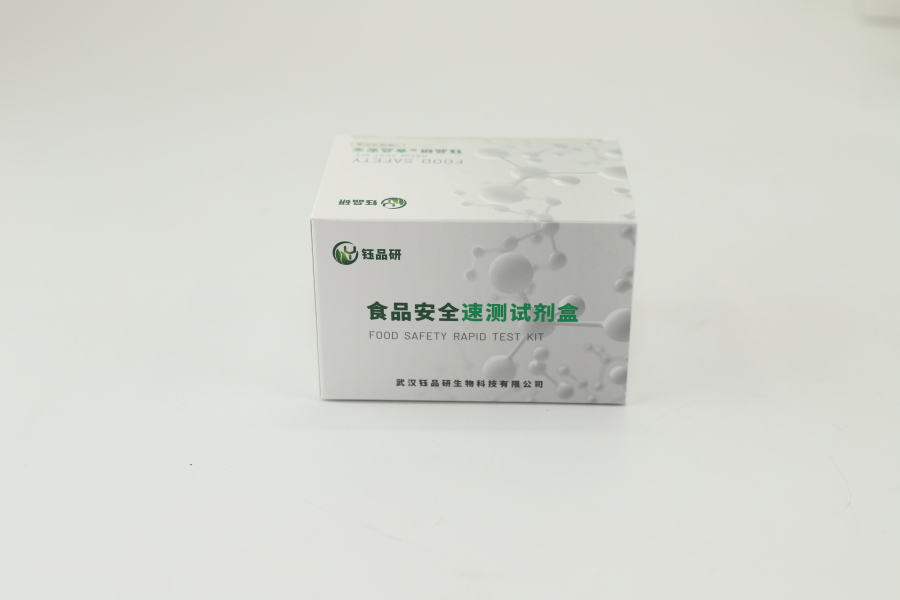Chloramphenicol colloidal gold rapid detection card in poultry eggs is a rapid detection product specially designed for the detection of chloramphenicol residues in poultry eggs (such as eggs, duck eggs, etc.), which belongs to an important part of food safety rapid detection technology. It mainly uses colloidal gold immunochromatography technology and uses the principle of specific binding of antigens and antibodies to achieve qualitative or semi-quantitative detection of chloramphenicol residues in samples.
From the principle point of view, the detection card contains structures such as sample pad, binding pad, reaction membrane and absorbent pad. Among them, the binding pad is marked with a colloidal gold-labeled chloramphenicol-carrier protein binding, and the reaction membrane is fixed with chloramphenicol antigen and quality control line antibody. When the sample (such as poultry egg homogenate extract) is added dropwise to the sample hole of the detection card, it will flow through each area in turn through capillary action. If there is chloramphenicol residue in the sample, it will compete with the colloidal gold marker on the binding pad to bind the antibody on the reaction film, resulting in a change in the color of the detection line; if there is a target, the detection line will develop color, otherwise it will not develop color, so as to quickly judge the result.
Its core advantage is "fast" and "convenient". Usually the whole detection process only takes 10-15 minutes, without the need for complex instruments and equipment, and the operator can master it after simple training. At the same time, the detection cost is relatively low, which is suitable for large-scale sample screening, such as the acceptance of raw materials in food production enterprises, on-site sampling inspection by market supervision departments, import and export inspection and quarantine
In practical applications, chloramphenicol residues in poultry eggs may stem from the illegal use of antibiotics in the breeding process, and long-term ingestion may cause harm to human health (such as inhibiting bone marrow hematopoietic function, etc.). Therefore, the test card can help regulators and enterprises detect unqualified products in a timely manner, control the quality and safety of poultry eggs from the source, and ensure consumers' "safety on the tip of the tongue".


